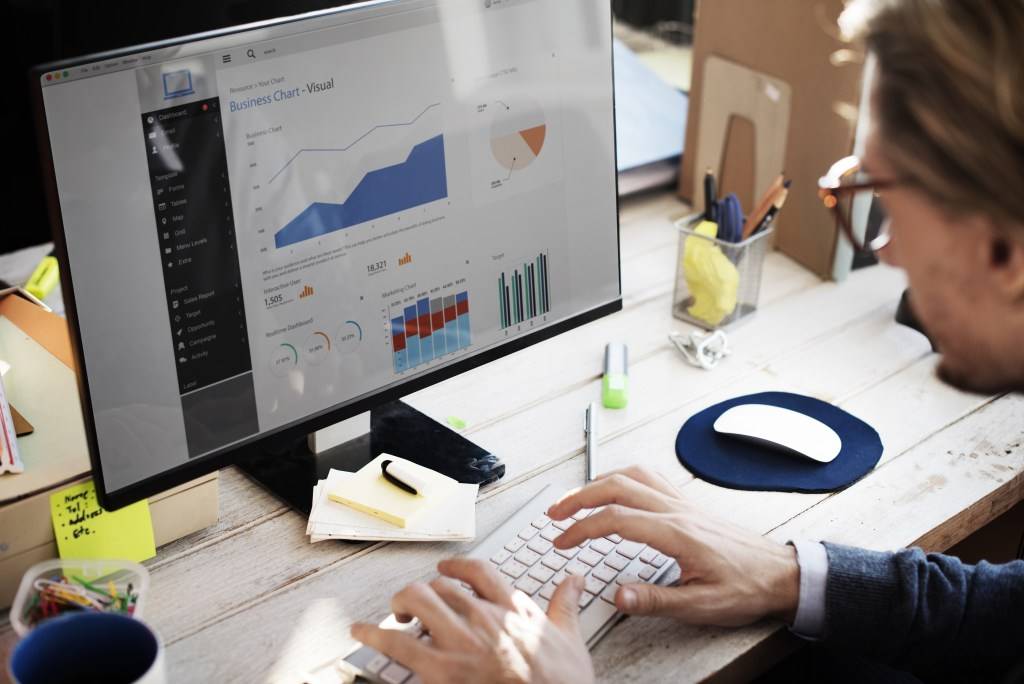
Energy professionals and building managers are often keenly aware of the energy used by their buildings, but that is not usually the case for the students, employees or visitors of those buildings.
Effective energy management plans involve a human element — engaging the people who use the energy in the buildings as active participants in energy conservation efforts. Public engagement, like most other aspects of a broader energy management plan, works best when you provide feedback to the people involved.
Energy dashboards help demystify our energy footprint and can translate conservation efforts into metrics that are more relatable, such as equivalent cars removed from the roads, trees planted and cups of coffee brewed. Dashboards are designed to make people more comfortable with understanding energy. They help bring the subject of energy to the front of our minds, increasing awareness of our impacts while instilling a competitive drive to do better.
Armed with information, people can make informed decisions. Workplace challenges can be implemented, and significant energy savings can be achieved. For example, some universities hold energy efficiency “Kill-a-Watt” challenges between dorm buildings, and the energy savings achieved far exceeded expectations, particularly when dashboards were used to provide critical, real-time feedback to students participating in the challenge.
Energy dashboards are also vital components to effective public relations campaigns. Visitors and occupants of high performance buildings that use dashboards get a sense that they are in a building that is “21st century” — that is, an intelligent, “smart” building.
Energy dashboards aren’t just for public engagement. Many dashboard applications also employ powerful building analytics engines for building and energy management professionals to use. These “back of house” dashboards can incorporate fault detection and diagnostics to identify buildings and assets that are performing outside of anticipated parameters.
Perhaps the greatest advantage that dashboards offer energy managers is the automatic tracking of utility information. In large portfolios, keeping track of the energy, gas and water bills can be cumbersome and time consuming. Coordinating an automatic transfer of data from utility providers to the dashboard cloud service greatly streamlines the recording and analysis of utility data.
For more information about energy dashboards and how to use them in your project, please contact Nate Boyd at nboyd@hanson-inc.com.